How to Teach Kids About Generosity Without Spending a Dime

Raising generous kids doesn’t require fancy toys or expensive charity events. In fact, some of the most powerful lessons about giving come from simple, everyday moments that cost nothing at all. When children learn to share, help others, and think beyond themselves, they develop character traits that will serve them throughout life. Here are ten free ways to nurture a giving spirit in your little ones.
1. Model Generous Behavior Daily
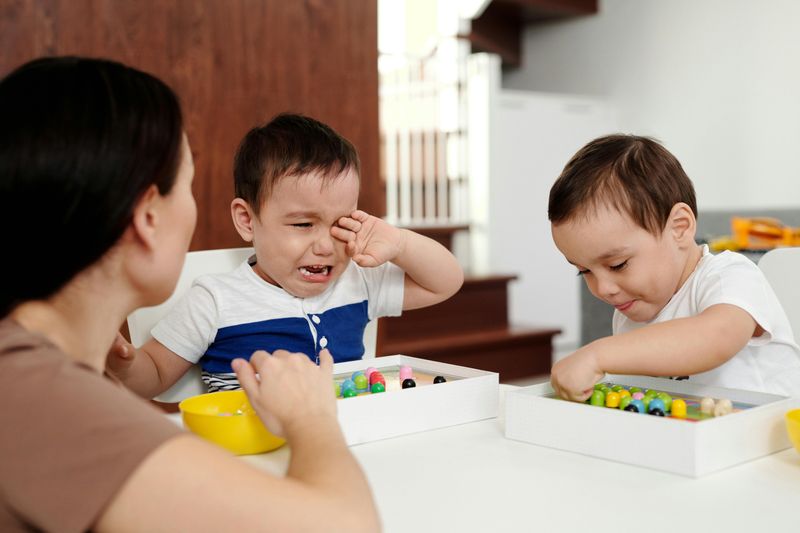
Children are watching your every move. When you offer your seat on the bus to an elderly person or help a neighbor carry groceries, your kids absorb these lessons without a single word spoken.
These everyday actions speak volumes about your values. Make a point to narrate your generous choices: “I’m helping Mrs. Johnson because her arm is hurt and carrying groceries might be painful for her.”
Your consistent example creates a blueprint for how your children will interact with the world. No lecture or formal lesson could possibly match the power of simply witnessing generosity in action through you.
2. Create a Family Gratitude Ritual
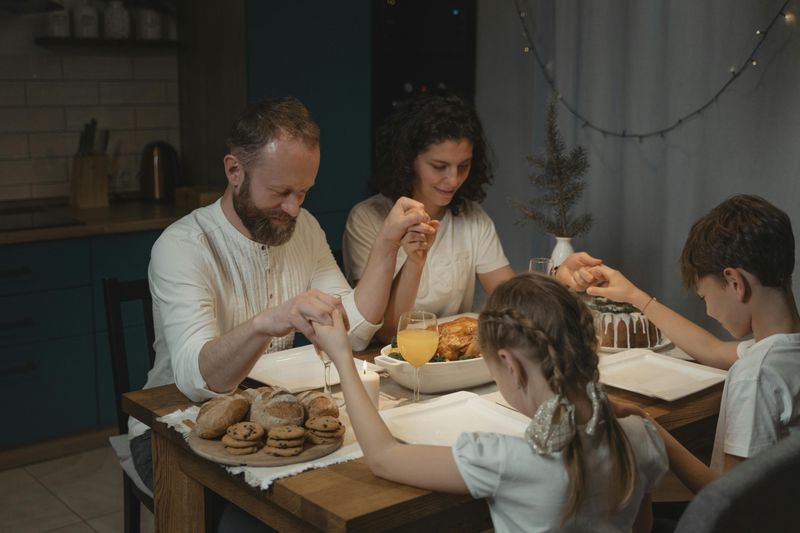
Gratitude forms the foundation of generosity. Each evening at dinner, take turns sharing three things you’re thankful for – from the mundane to the magnificent.
When children recognize their own abundance, they naturally become more willing to share with others. This simple practice shifts their perspective from what they lack to what they have in plenty.
Over time, kids begin noticing good things throughout their day to report later. This heightened awareness of life’s gifts creates fertile ground where generosity can flourish naturally, without pressure or forced sharing.
3. Turn Outgrown Items Into Giving Opportunities
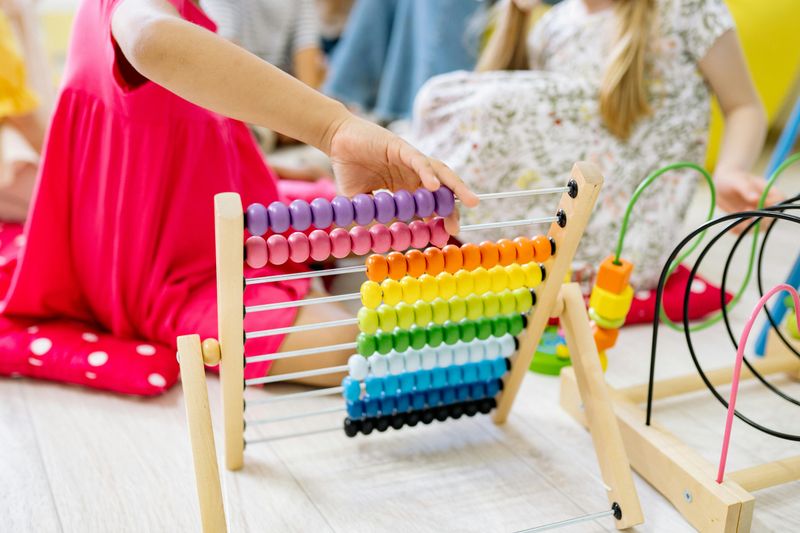
That mountain of toys gathering dust offers a perfect teaching moment. Rather than simply clearing clutter, involve your child in deciding which items might bring joy to another child.
Ask thoughtful questions: “Which of these trucks do you think a child without many toys would love the most?” This framing helps them imagine the recipient’s happiness rather than focusing on their own sense of loss.
Guide them through sorting items, discussing why each might be valuable to someone else. The process transforms a simple decluttering task into a meaningful exercise in considering others’ needs and feelings.
4. Start a Kindness Scavenger Hunt
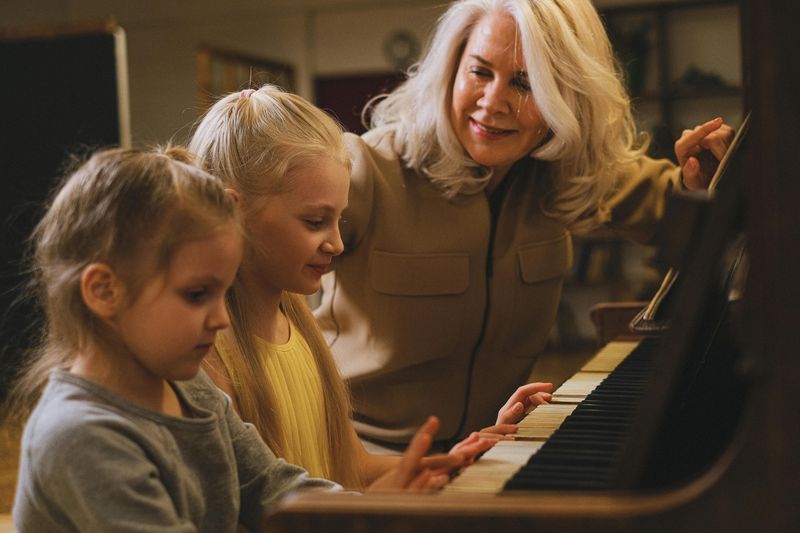
Transform ordinary days into kindness adventures! Create a simple checklist of good deeds kids can accomplish: holding doors, offering compliments, or helping siblings without being asked.
The excitement of checking items off their list makes generosity feel like a game rather than a chore. Children experience firsthand how small actions brighten someone else’s day, creating positive reinforcement for generous behavior.
As they complete each task, discuss how it made the recipient feel and how it made them feel. This reflection helps them connect the dots between their actions and the ripple effects of kindness in their community.
5. Volunteer Time as a Family

Money isn’t the only valuable resource we can share. Identify age-appropriate volunteer opportunities that cost nothing but time: picking up litter at the park, visiting elderly neighbors, or helping at community gardens.
Young children thrive when given specific, manageable tasks that contribute to the greater good. A four-year-old might sort canned goods at a food bank, while older kids can read to seniors or help organize donated clothes.
These hands-on experiences connect abstract concepts like “helping others” to concrete actions they can see and feel. The pride in their contributions builds confidence and reinforces their identity as someone who makes a difference.
6. Share Stories of Everyday Heroes
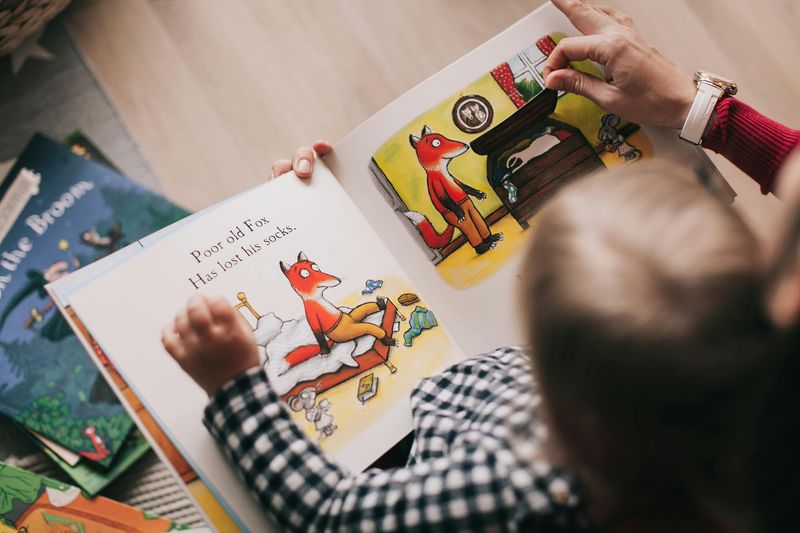
Firefighters rushing into burning buildings make for dramatic tales, but generosity often wears more ordinary clothes. Collect and share stories about the crossing guard who brings hot chocolate on winter mornings or the neighbor who mows lawns for elderly residents.
Read books featuring characters who demonstrate kindness without expectation of reward. Point out real-life examples in your community, helping children recognize that heroes exist in everyday places.
Ask them who they’ve noticed being generous lately. Their observations might surprise you! This practice trains their attention to spot and value acts of giving that might otherwise go unnoticed.
7. Create Handmade Gifts and Cards
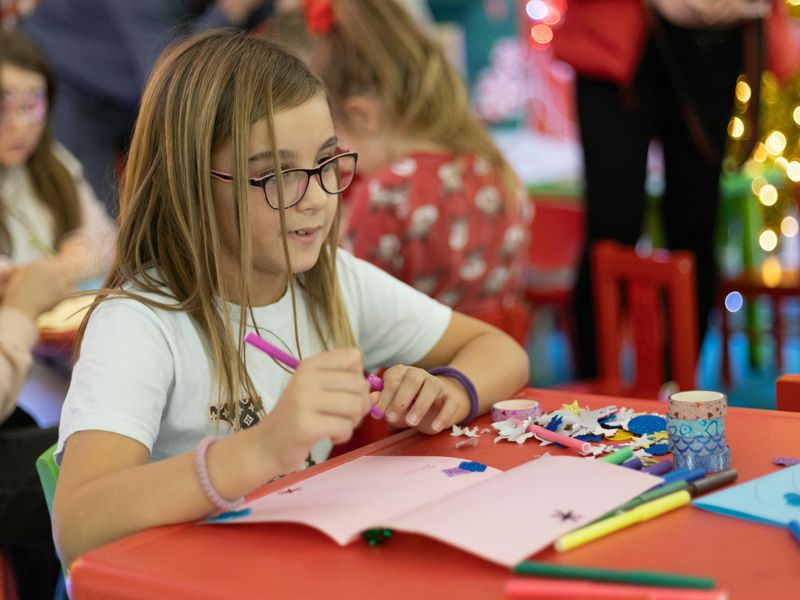
The humble crayon becomes a powerful tool for generosity when children create heartfelt cards for nursing home residents or drawings for someone feeling under the weather. The time and thought invested mean far more than store-bought alternatives.
Guide kids to consider what might brighten someone’s day. Would Grandpa enjoy a picture of his favorite fishing spot? Might a new neighbor appreciate a welcome card?
This practice teaches that meaningful giving comes from thoughtfulness, not price tags. Children learn to use their unique talents and interests as gifts themselves, a lesson that will serve them long after expensive toys have lost their shine.
8. Play Cooperative Rather Than Competitive Games
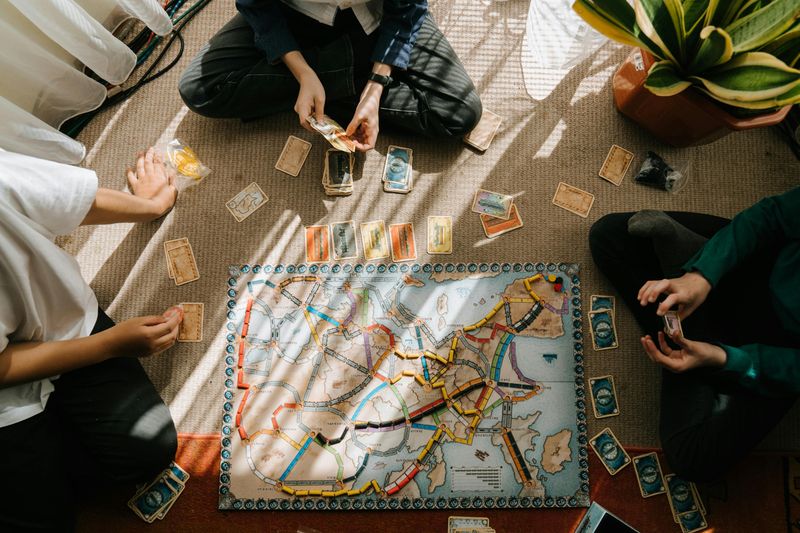
Board games where everyone works together toward a common goal offer powerful lessons in generosity. Games like “Forbidden Island” or simple homemade challenges require players to share resources and help each other succeed.
Unlike traditional games where one person wins while others lose, cooperative play teaches that sometimes giving up your advantage actually helps everyone, including yourself. The shared victory celebration reinforces the joy that comes from collective success.
Even household chores can transform into cooperative challenges: “How quickly can we all work together to clean the living room?” This framing shifts the focus from individual accomplishment to the satisfaction of contributing to group achievement.
9. Establish Secret Kindness Missions
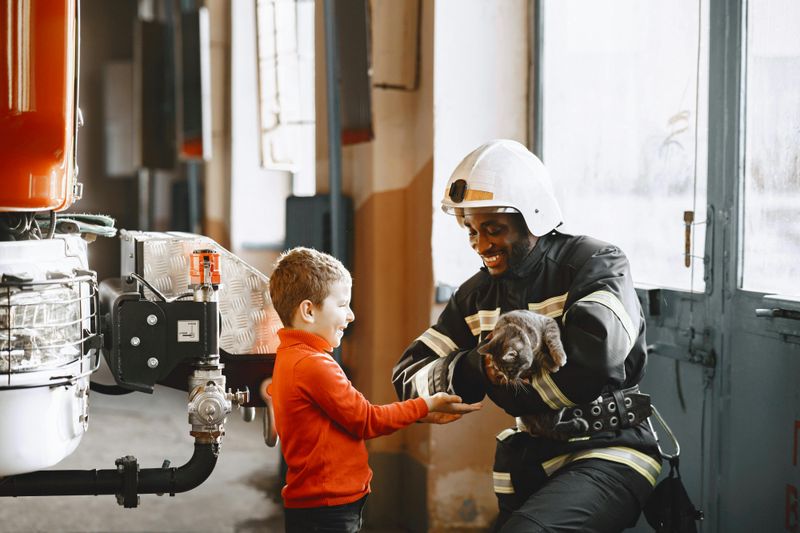
The thrill of secrecy adds excitement to giving! Assign special missions like leaving anonymous notes of encouragement in library books or creating chalk messages on sidewalks to brighten strangers’ days.
Children love the spy-like quality of doing good deeds without recognition. This teaches them that generosity doesn’t require praise or thanks – sometimes the purest giving happens when no one knows who did it.
After completing missions, discuss how they imagine people felt discovering their kind gesture. This builds empathy muscles as kids picture the impact of their actions and learn that the joy of giving often exceeds the pleasure of receiving.
10. Host a Skills Exchange Gathering
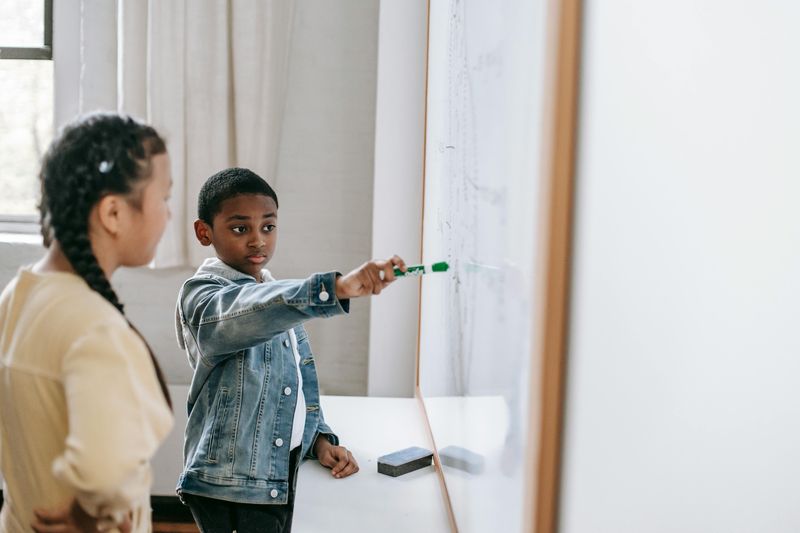
Everyone has something valuable to share, even children! Organize neighborhood gatherings where kids teach each other skills: one child demonstrates origami while another shares soccer tricks or cookie-decorating techniques.
This exchange highlights that generosity includes sharing knowledge and abilities, not just material things. Children discover the satisfaction of helping others learn something new while also practicing humility as they become students themselves.
The experience reinforces that everyone has unique gifts worth sharing. This fundamental understanding – that we all have something valuable to contribute regardless of age or resources – forms the cornerstone of a truly generous spirit.

Comments
Loading…